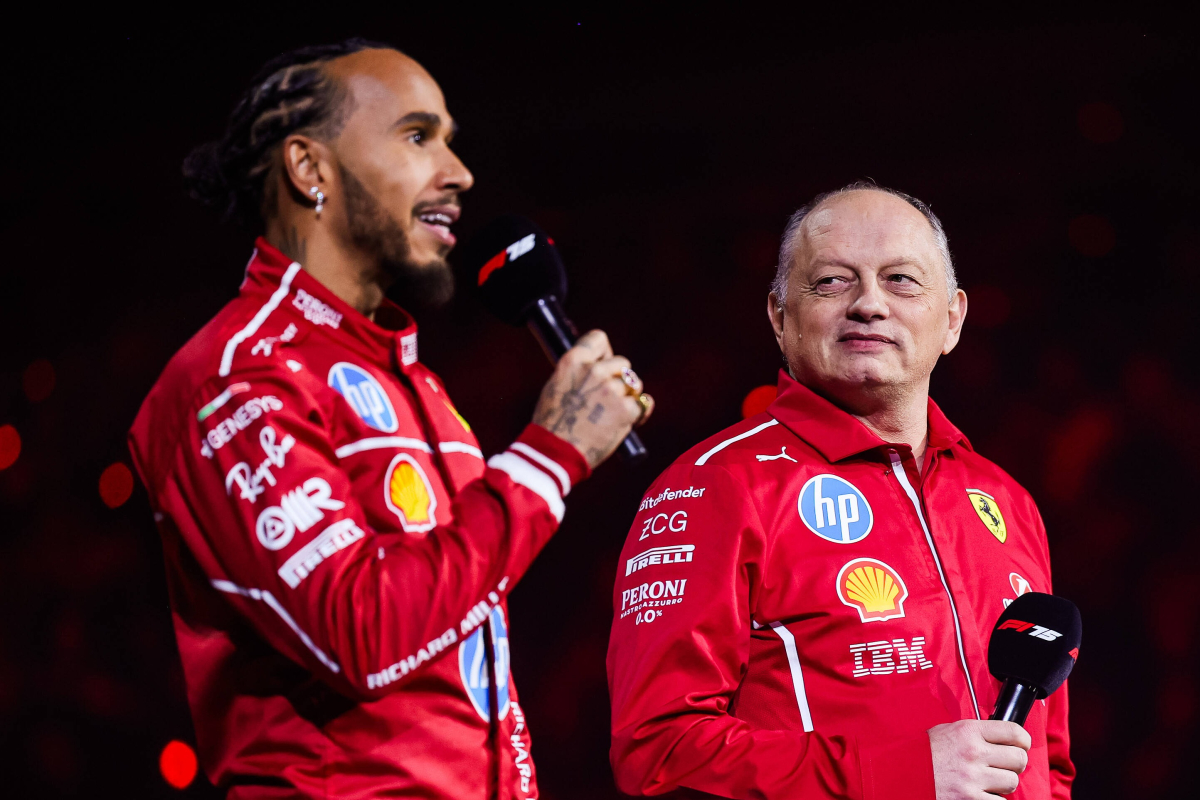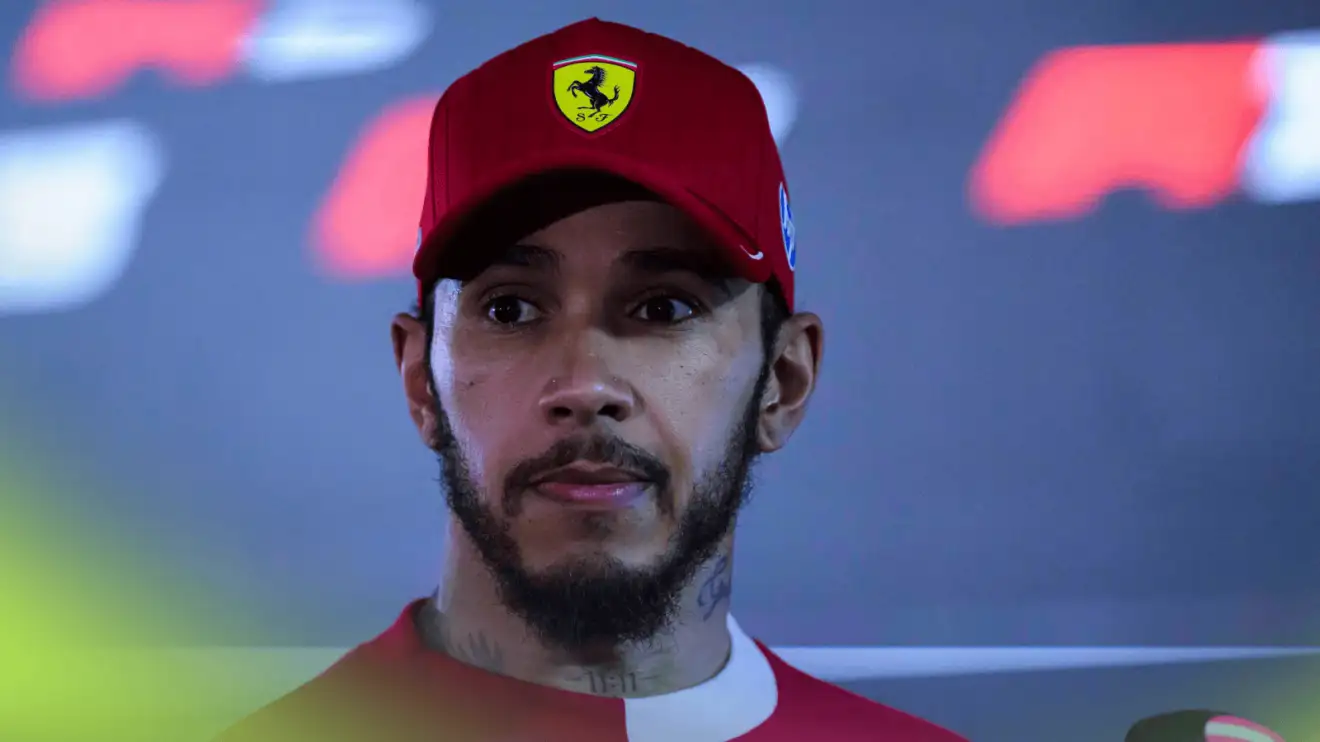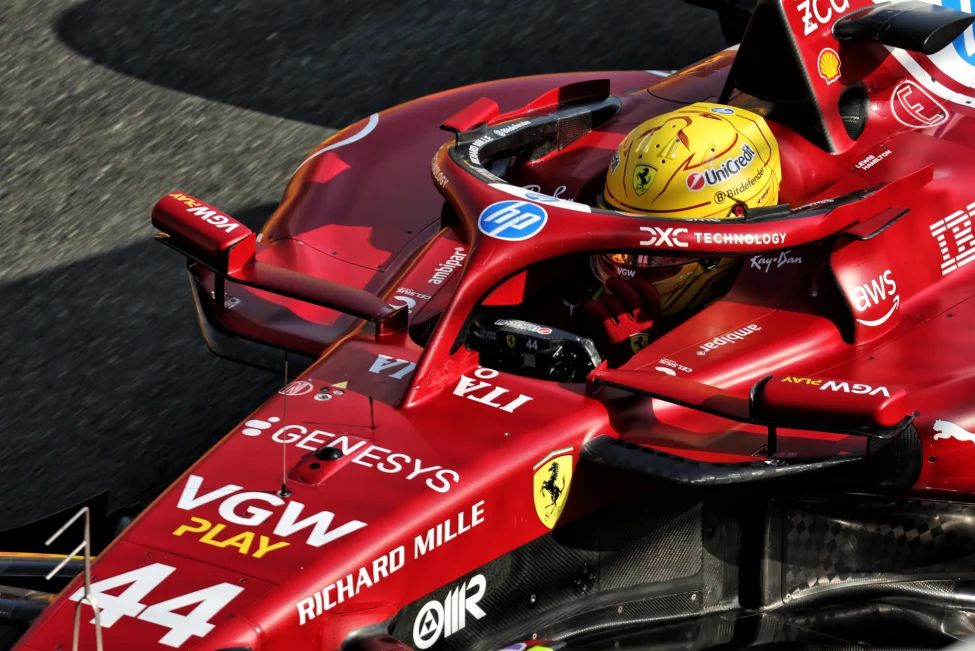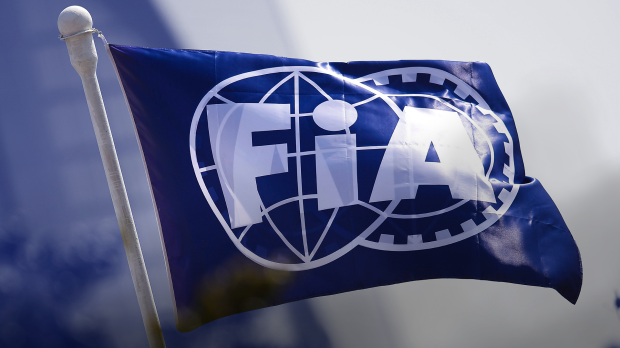I am not a liar’ – When Lewis Hamilton was disqualified from the Australian GP….read more
The 2009 Formula 1 season was filled with drama even before it officially began, and one of the most controversial moments took place at the Australian Grand Prix, where reigning world champion Lewis Hamilton found himself disqualified. In the lead-up to the season, McLaren and Renault had threatened to boycott the race due to payment disputes with F1. Both teams eventually showed up, but tensions remained high as questions about the legality of diffusers used by Brawn, Toyota, and Williams emerged. A protest against these diffusers was dismissed initially, but the FIA’s International Court of Appeals later confirmed that they were, in fact, legal.
On the track, the race itself was eventful. Jenson Button and Rubens Barrichello of Brawn led the field, with Button retaining his lead from the start despite a chaotic first lap. Several drivers, including Barrichello, had incidents, and a safety car was deployed on lap 18 after Kazuki Nakajima’s crash. The safety car appeared again on lap 56 after Sebastian Vettel collided with Robert Kubica. In the end, Button clinched the victory with a Brawn 1-2 finish, while Toyota’s Jarno Trulli secured third place.
However, controversy erupted after the race as it was revealed that Trulli had possibly passed Hamilton under the safety car conditions, which is prohibited by the F1 rules. Initially, Trulli was penalized 25 seconds for overtaking Hamilton under the safety car, dropping him from third to 12th. This promoted Hamilton to third place on the podium, despite having started the race from 18th.
The controversy didn’t end there. Trulli’s penalty was appealed by Toyota, but the FIA’s regulations stated that time penalties during the final five laps could not be contested. During this review process, new evidence came to light that changed the course of the situation. The FIA discovered that McLaren’s radio communications with Hamilton did not contain any instructions for him to let Trulli pass, as Hamilton had previously claimed. In fact, Hamilton had been misleading in his post-race statements, continuing to assert that his team had ordered him to let Trulli by, even though no such instruction was given.
The FIA was not pleased with this revelation. The stewards found that Hamilton and his team had misled the governing body, and the consequences were severe. As a result, Trulli’s third-place finish was reinstated, and Hamilton was disqualified from the race. McLaren also faced further repercussions, with the team being stripped of its constructor points for the event.
The fallout from the incident was swift. McLaren swiftly fired their sporting director, Dave Ryan, in the aftermath of the disqualification. Additionally, the FIA handed the team a suspended three-race ban, meaning that while they wouldn’t be banned immediately, any further transgressions could result in a more severe penalty.
The incident marked a significant and controversial moment in Hamilton’s early career, and it raised questions about transparency and the integrity of communication within the F1 paddock. Despite the disqualification, Hamilton went on to have a successful career, but the Australian GP in 2009 remains a chapter in F1 history that highlighted both the pressures of the sport and the consequences of not adhering to the rules.
The 2009 Australian Grand Prix remains a cautionary tale in F1, illustrating the importance of clear communication, both on and off the track. It also demonstrated the strictness with which the FIA upholds its regulations and the far-reaching consequences of any attempt to circumvent them. For Hamilton, the incident was a major learning experience, though it also cemented his reputation as a determined and resilient driver. Even now, more than a decade later, the controversy surrounding the race still serves as one of the most memorable and debated moments in modern Formula 1 history.




